5 Saucy Mistakes You’re Probably Making (And How to Avoid Them)
Common Mistakes in Sauce Making
Using the wrong pan

When it comes to sauce making, the choice of pan can significantly affect the outcome. Using a non-stick pan for a thick, reduction-style sauce might not yield the depth of flavor you desire. A heavy-bottomed saucepan is usually the best option for even heat distribution.
- Tip : Always remember to select a pan that retains heat well to avoid hot spots, which can lead to uneven cooking.
- Example : A stainless-steel pan can help achieve the perfect fond for deglazing, enhancing the sauce’s flavor.
Not seasoning enough
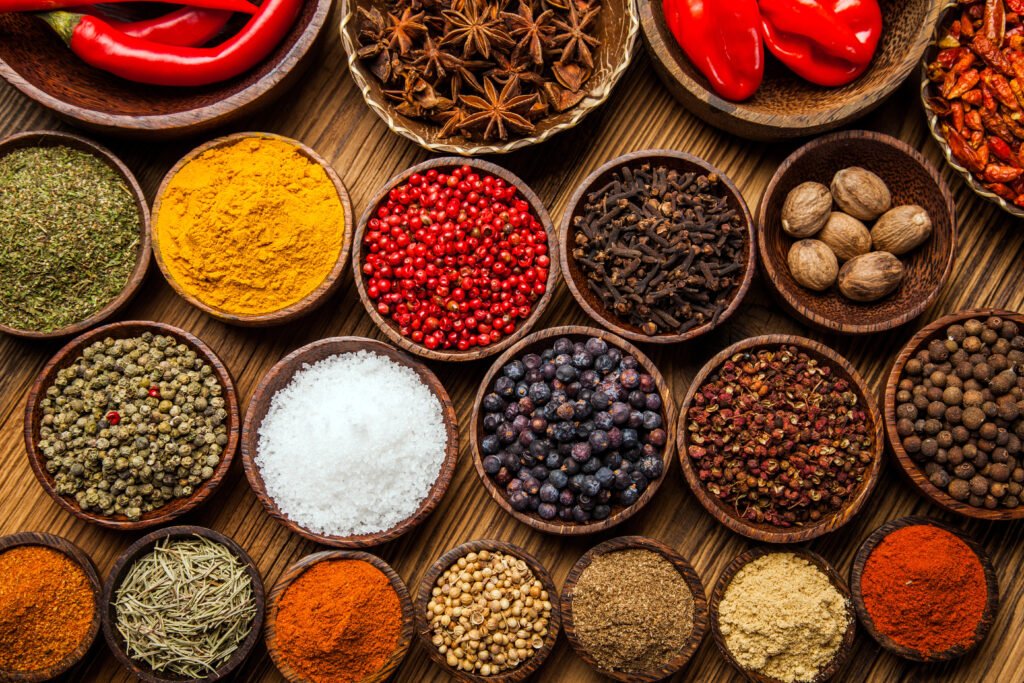
Another common pitfall is neglecting to season the sauce properly. Seasoning should be done throughout the cooking process, not just at the end. This builds layers of flavor, making your sauce truly shine.
- Key Points :
- Start with salt to enhance the ingredients.
- Taste as you go to adjust spices and herbs.
An under-seasoned sauce lacks depth, leading to a bland dish. A pinch of salt at the right moment can transform the sauce from ordinary to extraordinary!
Overcooking and Undercooking
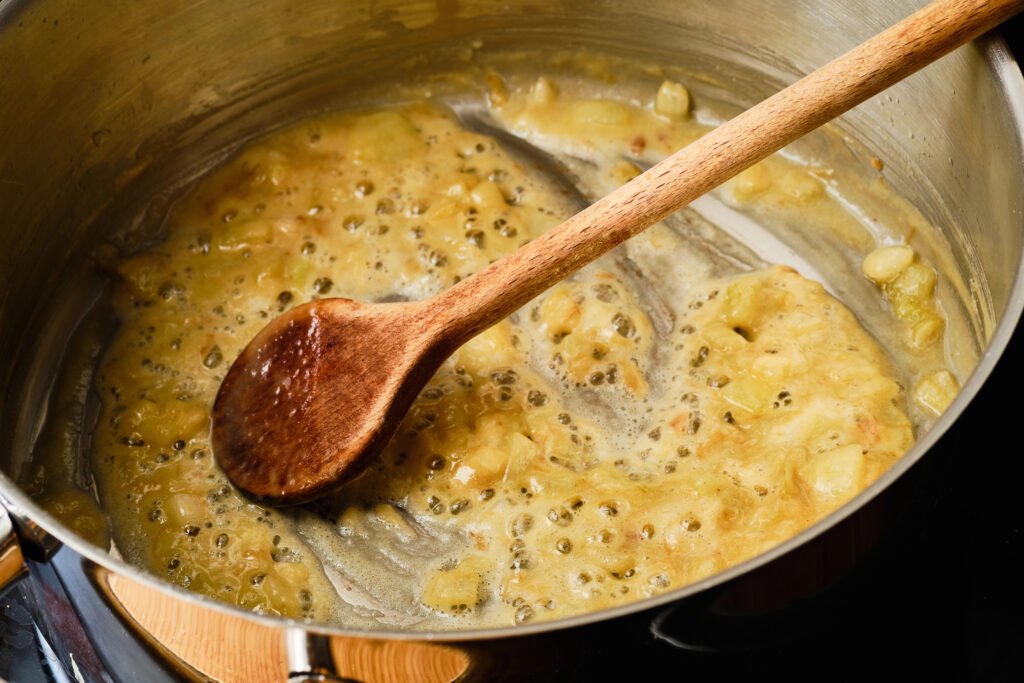
Timing is crucial
When it comes to sauce making, timing is everything. Overcooking can lead to a bitter flavor or an undesirable thickness, while undercooking may result in a raw taste and watery consistency.
- Tip : Pay attention to the type of sauce you are making. For instance, cream sauces typically need less cooking time compared to tomato-based sauces.
- Example : A carbonara sauce requires immediate incorporation of egg to avoid scrambling, making timing critical.
Testing for doneness
Understanding when your sauce is perfectly cooked is vital. A simple taste test can indicate if your flavors have melded together beautifully.
- How to Test :
- Look for a glossy finish; this often means the sauce is ready.
- Use a spoon to check the thickness; it should coat the back nicely.
By mastering timing and testing, you’ll elevate your sauces, ensuring they’re just right every time. Remember, a little patience and observation can go a long way in sauce making!
Lack of Flavor Balance
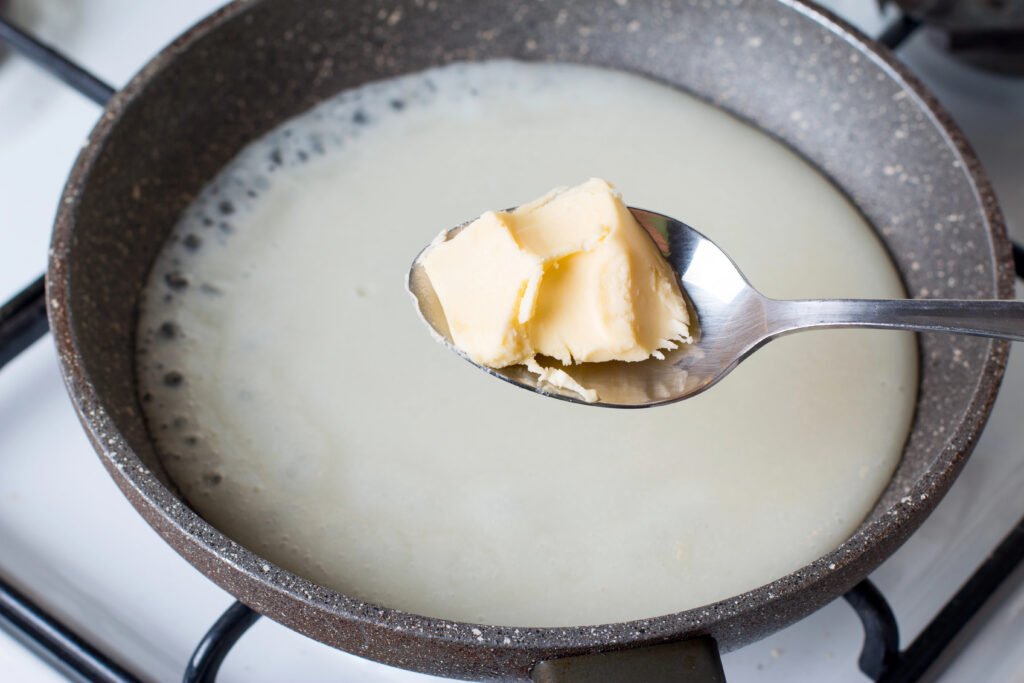
Understanding sweet, salty, sour, and bitter tastes
Achieving a harmonious balance of flavors is fundamental in sauce making. Each sauce can benefit from a blend of sweet, salty, sour, and bitter notes, enhancing its complexity. For example, a tomato sauce can be brightened with a touch of sugar to counteract the acidity.
- Sweetness : Helps to mellow out sour or bitter tones.
- Saltiness : Amplifies flavors and can round out sweetness.
- Sourness : Adds brightness and can refresh heavy sauces.
- Bitterness : Can deepen flavors but should be used sparingly.
Adjusting flavors as needed
Once the sauce is simmering, tasting and adjusting is essential. Don’t hesitate to make tweaks as you go along.
- Quick Fixes :
- Add a dash of vinegar or lemon juice for brightness.
- A pinch of salt can bring out the hidden flavors.
- Incorporate a small amount of honey or sugar to balance acidity.
Personal experimentation is key; a small adjustment can lead to a delightful transformation. So, keep tasting until your sauce is perfectly balanced!
Neglecting the Texture
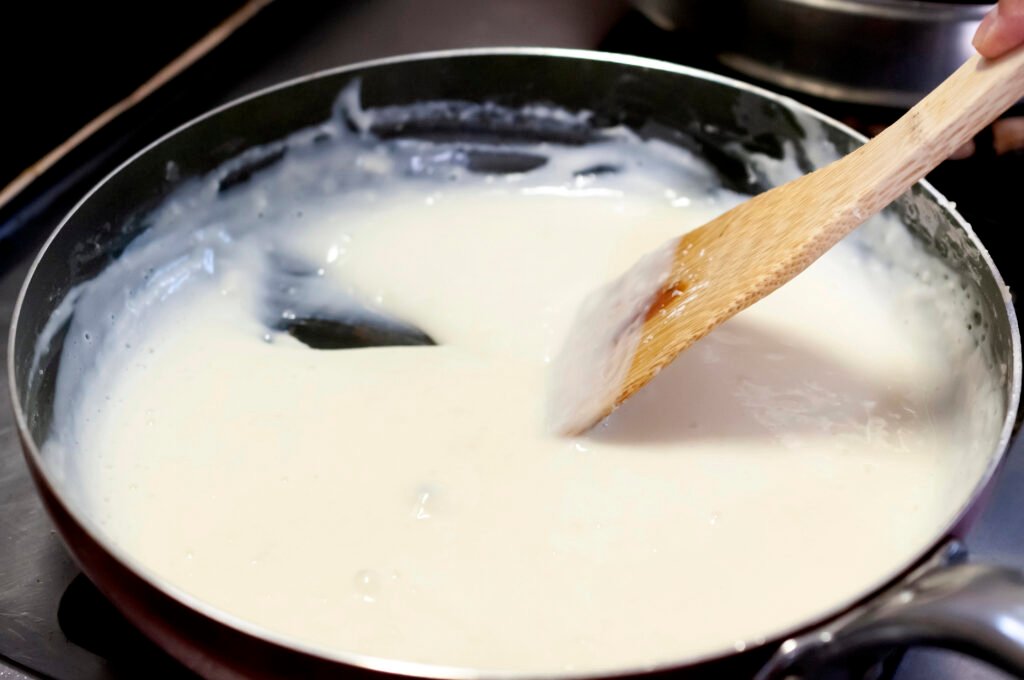
Importance of thickness and consistency
The texture of a sauce can make or break a dish. A well-balanced sauce will have the perfect thickness and mouthfeel, enveloping your food rather than drowning it.
- Key Aspects :
- Thin sauces can feel watery and fail to cling to pasta or proteins.
- Thick sauces can overwhelm the dish, masking the primary flavors.
For instance, a velvety béchamel should be creamy enough to coat a spoon yet pourable enough to enhance a lasagna without becoming a gloppy mess.
Techniques to achieve the desired texture
Achieving the perfect texture requires attention and technique.
- Techniques to Consider :
- Reducing : Simmer your sauce uncovered to concentrate flavors and thicken naturally.
- Thickening Agents : Use cornstarch, flour, or pureed vegetables to achieve a luxurious consistency.
- Emulsifying : Whisking in fats like butter or cream can create a smooth, rich texture.
By experimenting with these methods, one can discover the ideal texture for any sauce, elevating the overall dining experience!
Skimping on Quality Ingredients
Importance of fresh and high-quality components
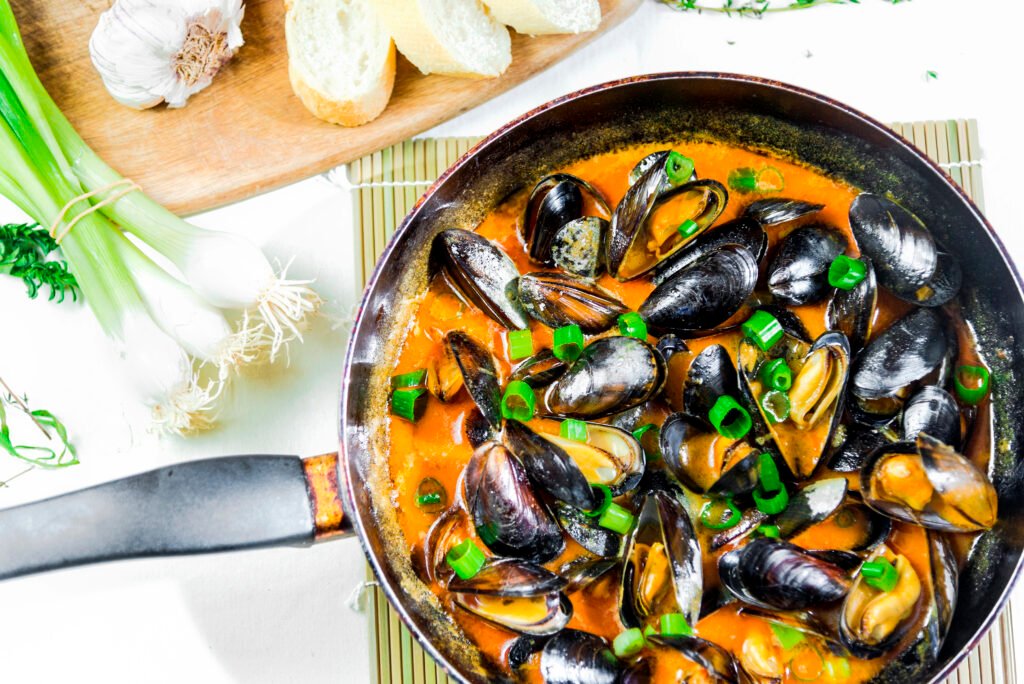
When it comes to sauce making, the ingredients are the stars of the show. Skimping on quality can lead to disappointing results. Fresh herbs, ripe tomatoes, and pure oils can transform a simple sauce into something extraordinary.
- Why Quality Matters :
- Fresh ingredients provide brighter flavors and vibrant colors.
- High-quality components often have higher nutritional value.
For example, using fresh basil instead of dried can elevate a tomato sauce dramatically, adding a freshness that dried herbs cannot replicate.
The impact of using subpar ingredients
Using lower-quality ingredients can lead to bland and unappetizing sauces.
- Consequences of Subpar Choices :
- Off-flavors can overpower the sauce, leading to a lack of balance.
- Dull colors can make the dish visually unappealing.
In my own experience, I once tried to whip up a quick pesto with stale nuts and wilted basil, resulting in a muted flavor that didn’t do justice to the vibrant dish I had envisioned. Investing in quality ingredients is always worth it for the depth and richness they bring to the sauce!












Add comment